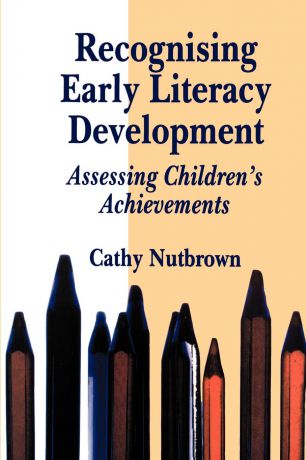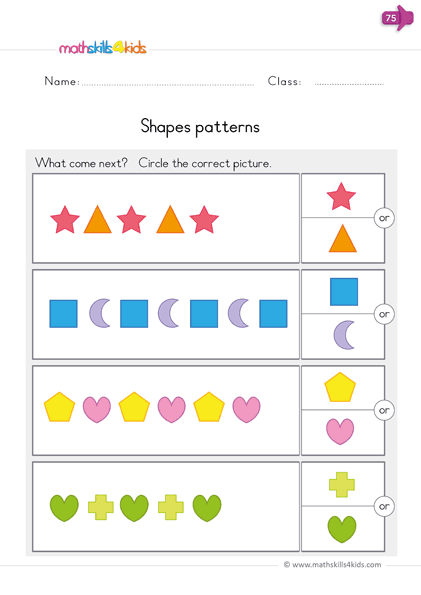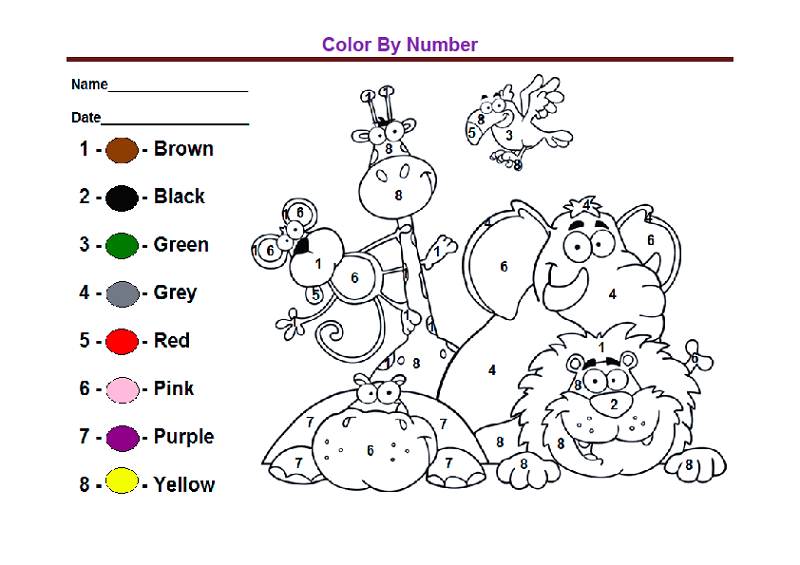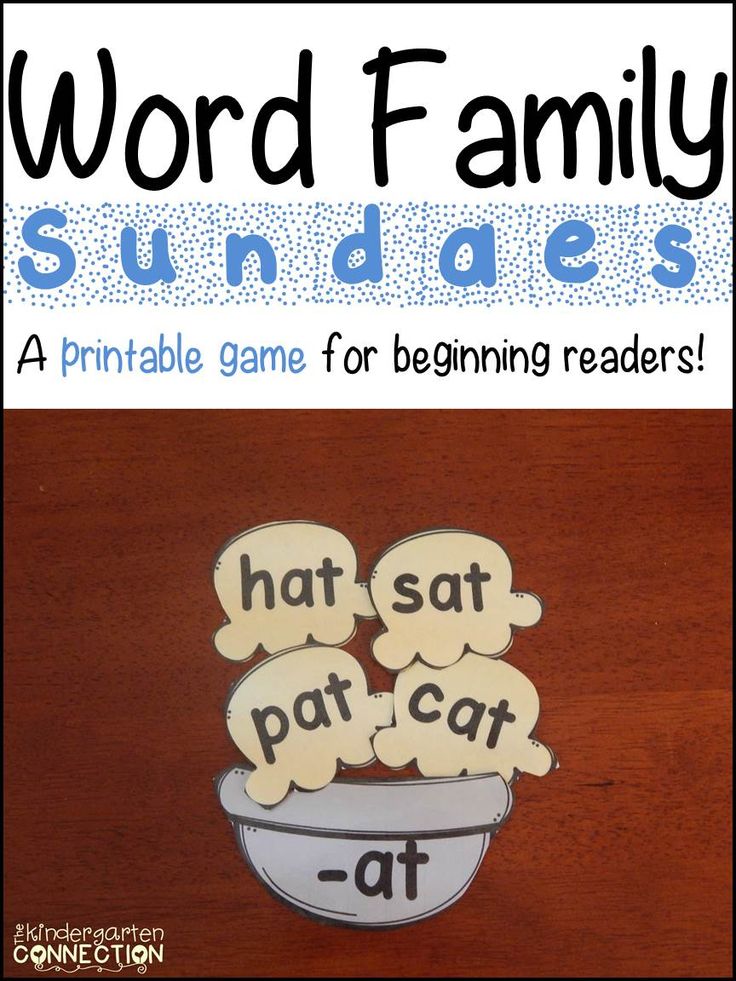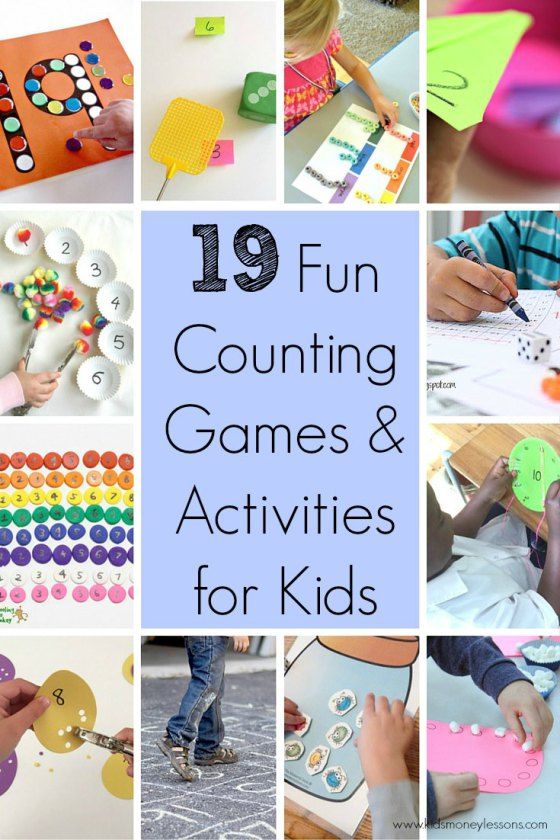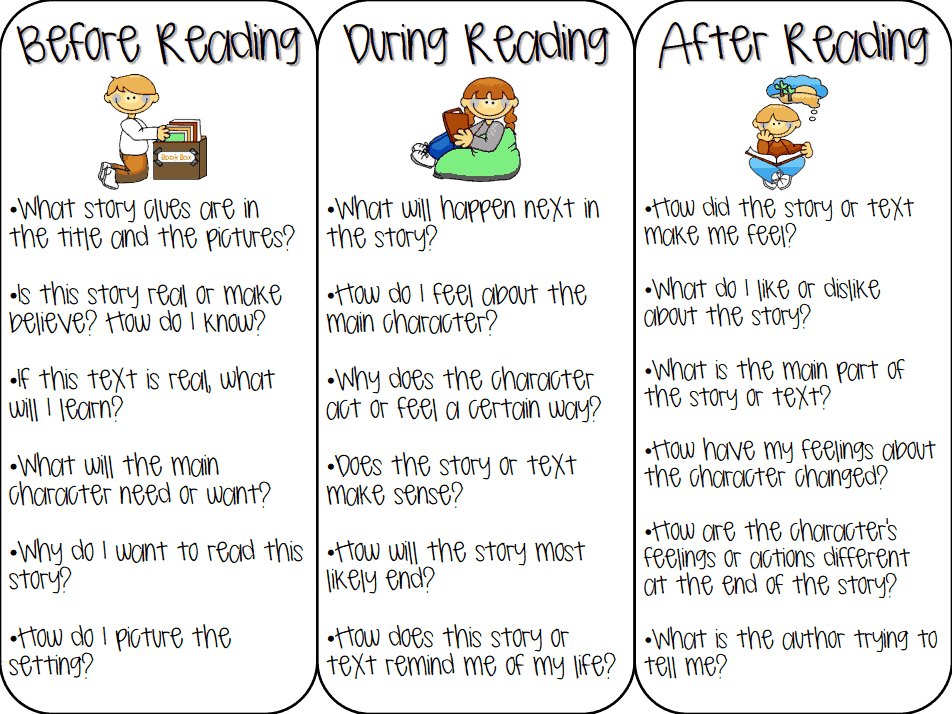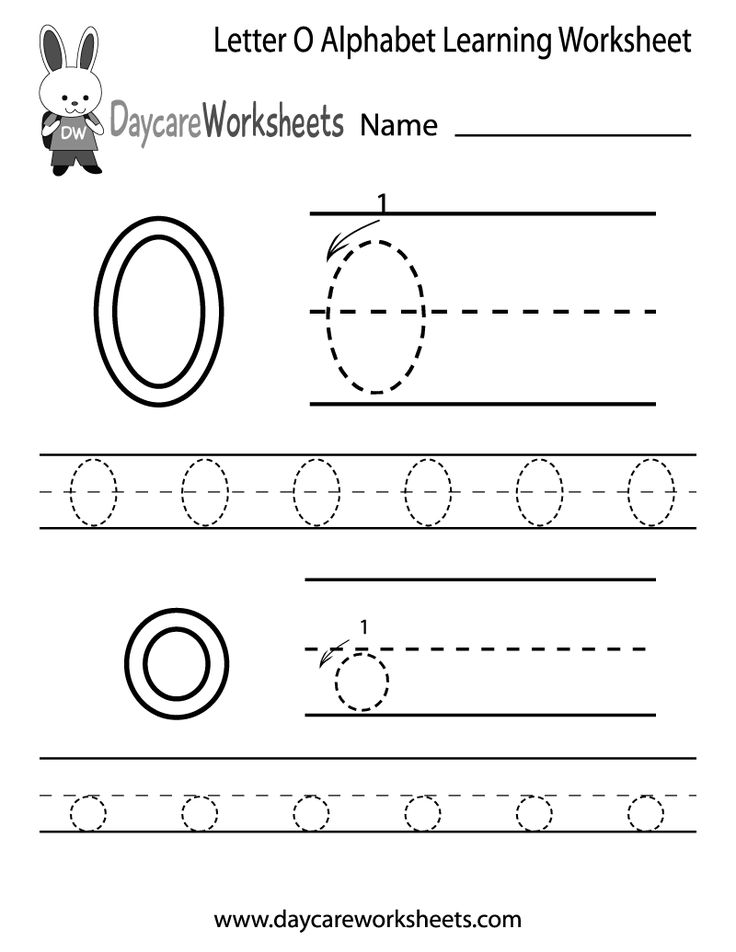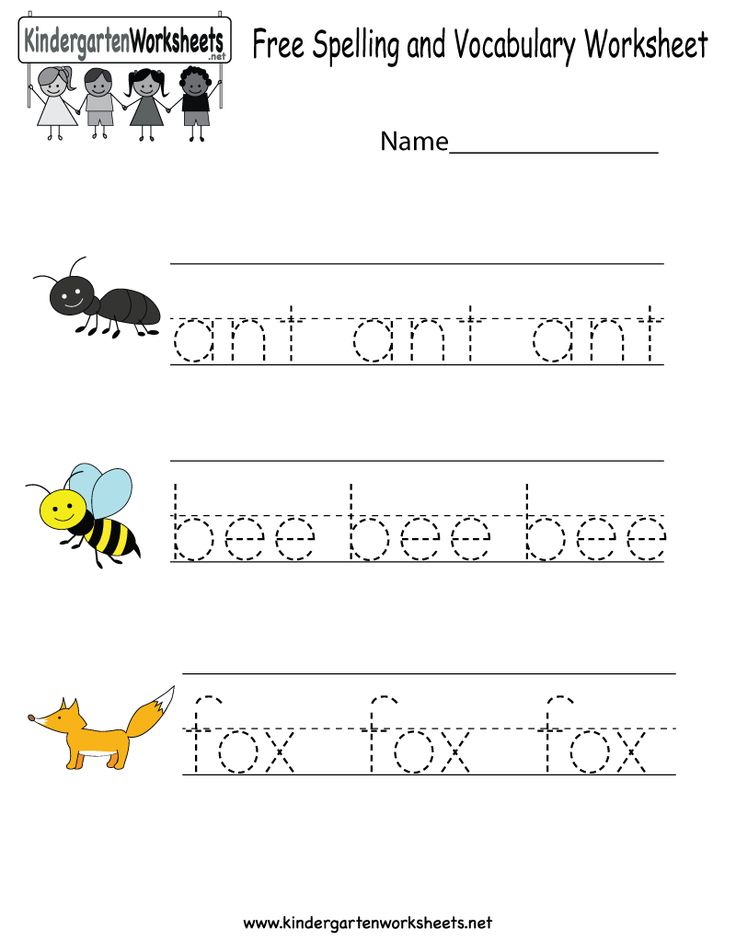Benefits of early literacy
Benefits of Early Literacy Skills
Early literacy is the foundation of education. Instilling a love of reading in your child is the key to their success in the future. There are tons of advantages to developing early literacy skills at an early age. At the Martin-Pitt Partnership for Children, we help children develop reading skills during their first 2,000 days of life by increasing their access to quality early literacy materials. However, as your child’s caregiver, you are their first teacher. It is up to you to help instill a love of literacy in their lives. Some advantages of teaching early literacy are as follows:
Neurological
Reading to a child helps develop their brains. The brain forms meaningful connections very early in life, and a child’s brain grows at a much faster pace during their first five years than any other period. When you teach a child early literacy skills, the learning process influences the entire functioning and development of the brain.
Talking, singing, and reading to your child strengthens the existing links among brain cells as well as forms new connections. These links form the basis of all future learning and intellectual ability. Whether or not they can understand what you are saying, exposing your child to an increased number of words through books, songs, and everyday conversations will help them grow up with healthier brains!
Educational
When a child learns a love of reading at an early age, they will have greater general knowledge and expanded vocabulary. In addition, reading builds improved attention spans and better concentration skills. Literacy opens opportunities for academic success. This allows your child to pick up necessary knowledge and information by mastering effective literacy strategies. Exposing your child to reading will help them better comprehend what they are learning and help them to recognize a more significant number of words by hearing and sight. Early identification of common words helps enable children to learn more about their environment.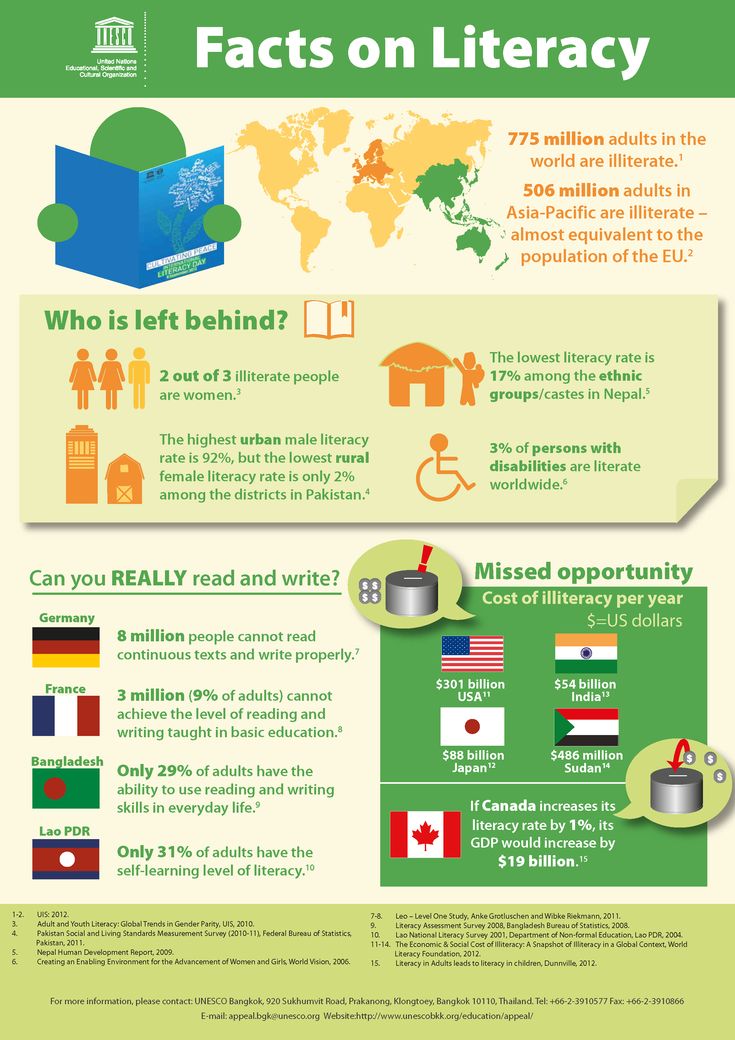
Psychological
Self-confidence and independence become rooted in your child when they learn to read. It promotes maturity, increases discipline, and lays a basis for moral literacy. Satisfy their curiosity with explanations of how things work while exposing them to problem-solving techniques. Your child’s creativity and imagination will bloom, as well as their curiosity about people, places, and ideas. Also, learning the foundations of early literacy at home alleviates the psychological pressures put on a child in a physical classroom.
Children who are not skilled in reading by third grade are more likely to drop out of high school. Increasing your child’s knowledge by incorporating reading skills into your daily routine can help boost their confidence when they begin kindergarten.
Linguistic
Your child will be exposed to the most books, knowledge, and ideas the sooner you begin reading to them. Exposure to literacy at a young age leads to improved linguistic skills, a richer vocabulary, improved grammar, higher quality writing, better spelling, and more precise oral communication.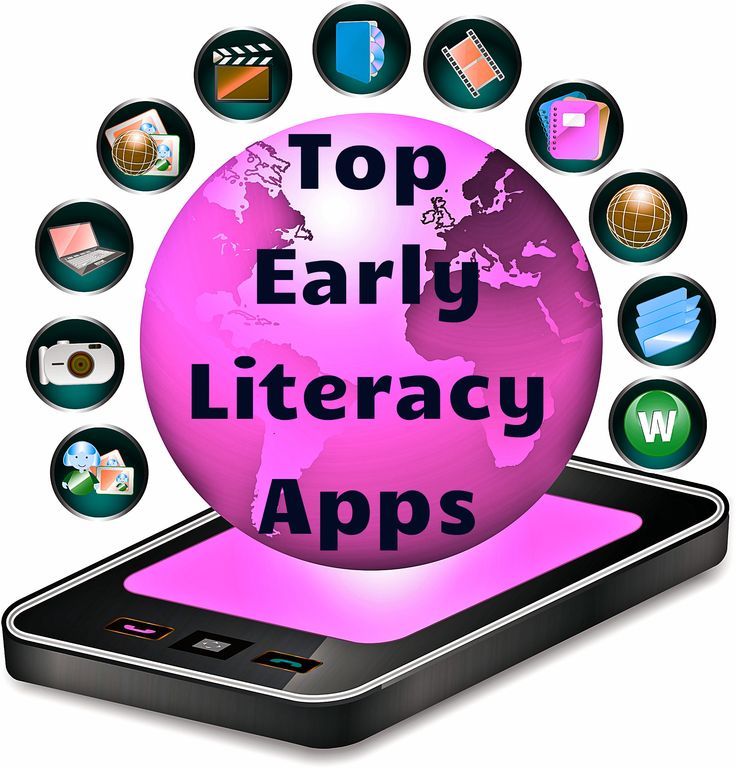
The Martin-Pitt Partnership for Children
The Martin-Pitt Partnership for Children is a non-profit in Eastern North Carolina. We fund programs in quality early childcare and learning, assistance finding childcare services, parent and family support, health care, childcare provider training, and early literacy from birth to age five. We strive for a bright future for every child in our community. Contact us today to learn more about how our programs can help your child love to read!
Importance of Early Literacy for Ages 0 - 5
WHY EARLY LITERACY MATTERS
The Importance Of Early Literacy
Early literacy means helping children develop a rich vocabulary, self-expression, and reading comprehension—tools they need to become successful readers and lifelong learners. These skills allow a young child to enter kindergarten with a love of books and a readiness to learn.
Why is Early Literacy Important For Families and Communities?
Parents want nothing more than for their children to be healthy, happy, and successful in life. The ability to spend time with your children, and provide them with tools and activities that support their language development can depend on the community that you live in and the resources available. Families living in communities with fewer resources and less long-term investment have more barriers to engaging their children in early literacy activities. The differences are quantifiable early and can lead to a 30-million-word gap (# of words a child has been exposed to) by age 3. The effects of this word gap persist as children enter kindergarten. Children from families with a lower income have been shown to perform below their peers and remain behind throughout their school years.
The ability to spend time with your children, and provide them with tools and activities that support their language development can depend on the community that you live in and the resources available. Families living in communities with fewer resources and less long-term investment have more barriers to engaging their children in early literacy activities. The differences are quantifiable early and can lead to a 30-million-word gap (# of words a child has been exposed to) by age 3. The effects of this word gap persist as children enter kindergarten. Children from families with a lower income have been shown to perform below their peers and remain behind throughout their school years.
The Little by Little Program helps to reduce this word gap because the program is designed to provide knowledge and resources to families so they can begin to foster and support early literacy habits at home on a consistent basis. The program provides high-quality educational books, as well as guidance on the importance of reading to increase a child’s vocabulary, comprehension and language skills, and on the critical role parents play in preparing their kids for school.
Early Childhood Literacy Disparities and Ongoing Impacts
Where you start out in life shouldn’t determine where you end up. But the reality is, young children from families facing financial instability experience fewer activities and opportunities that foster their emergent literacy skills, compared to children from families with higher, more stable income. Children who fall behind early are less likely to catch up, and they tend to remain behind as they move through successive grades at school.
Missing the Critical Window for Brain Development
Research tells us that the first three years of life are critical for a child’s brain development. By age 2, a child’s brain is as active as an adult brain and by age 3, a child’s brain is twice as active as an adult brain. If a child is not stimulated during this critical period, learning is much more difficult and less successful for that child, even in a learning enriched environment.
Falling Behind and Staying Behind
Children, particularly those from families facing barriers to economic stability, who fall behind academically tend to stay behind throughout their school years. Studies have found that children are much more likely to have reading challenges at the end of fourth grade if they were experiencing reading challenges at the end of first grade.
Lower High School Graduation Rates and Lower Salaries
Individuals without a high school diploma or an equivalent (such as a GED) earn the lowest salary compared to all other education levels and have the greatest risk for unemployment. Despite rising national graduation rates, students who are from families facing financial challenges continue to lag behind their peers in finishing high school and may be less prepared to enter the workforce, pursue technical training, or enroll in higher education.
Source: The Heckman Curve - The Heckman EquationHigher Adult Illiteracy Rates
Literacy deeply and persistently impacts access to education, economic prosperity, and opportunity.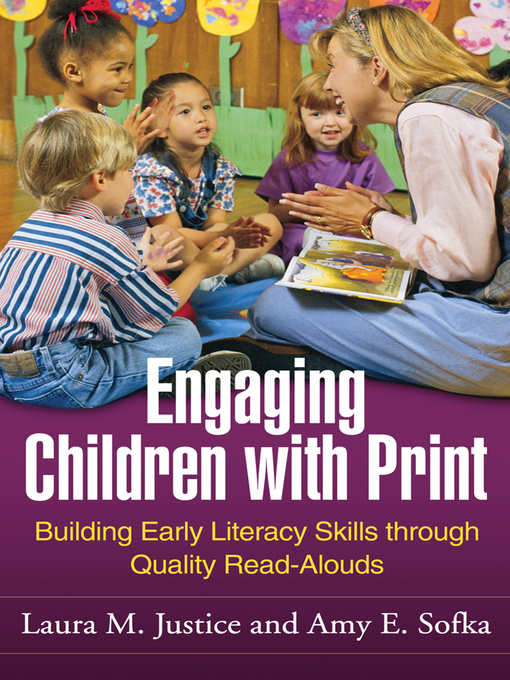 Adults struggling with literacy are more likely to be from communities that have been under-resourced and often miss out on opportunities to participate to their full potential in the workforce. Currently, over 40 million American adults are functionally illiterate and are unable to read above a fifth-grade level.
Adults struggling with literacy are more likely to be from communities that have been under-resourced and often miss out on opportunities to participate to their full potential in the workforce. Currently, over 40 million American adults are functionally illiterate and are unable to read above a fifth-grade level.
The Consequences of Low Literacy Are Alarming
The consequences of low literacy can be profoundly challenging and can impact a child’s success in school and life. This is particularly true for children from families and communities facing barriers to progress and with fewer literacy resources available.
of families with lower incomes have no children’s books in their homes.
of children arrive at kindergarten without the skills necessary for lifelong learning.
of children from communities that are facing barriers to progress enter first grade up to two years behind their peers.
of America’s fourth graders read below proficiency level, and 82% of those children are from families with fewer resources available.
Supporting Early Literacy for Children and Families
The Little by Little School Readiness Program is designed to provide the knowledge and resources to families engaged in the WIC program so they can begin to foster early literacy habits at home. The Little by Little Program works to reinforce the need to start reading with children early, and the critical role parents play in preparing their children for school and lifelong success.
More Books in the Home
WIC families who participate in the Little by Little Program have a higher number of books in the home, compared to families who receive WIC services alone. Little by Little Program participants receive up to four high-quality educational books per child, per year, helping to build a home library for the whole family to share and enjoy, while supporting early literacy development and comprehension skills.
Increased Daily Reading to Children
WIC families participating in the Little by Little Program read to their children more often, compared to families who receive WIC services alone. Teaching letters, words, or numbers and playing music and singing together also increases due to program participation among WIC families.
Teaching letters, words, or numbers and playing music and singing together also increases due to program participation among WIC families.
More Knowledge of Child Development
WIC families participating in the Little by Little Program know more facts about child development compared to families who don’t participate in the program. Engaging in activities to enhance child development also increases due to program participation in the Little by Little Program among WIC families.
Increased School Readiness in Children
WIC children participating in the Little by Little Program had significantly increased school readiness scores compared to children who were only participating in WIC. These program evaluation findings for school readiness were published in March 2011 by the Journal of Pediatrics.
In Los Angeles County, the Little by Little Program costs approximately $52 per child per year.
Your gift of any amount helps children engage in strong literacy practices and prepare for lifelong success.
Donate Today
Pros and cons of early child development
A child is the greatest happiness for parents. They try to give him all the best, show him all the most beautiful and feed him the most delicious. Many mothers and fathers from the first days of the baby resort to the use of early development techniques, wanting to raise a little genius. And some, on the contrary, believe that a child should have a carefree childhood and should be left alone. Which of them is right? Let's figure it out. Let's weigh all the pros and cons of using the methods of early child development.
Pluses
Each child is individual, so the issue of his upbringing and development should be approached with particular care. This is due to the peculiarities of character and temperament. Some kids look at pictures with interest, perform logical tasks, read, put together puzzles. And others, on the contrary, do not want to stop for a minute, having fun with outdoor games and frolicking. In order for the child to be really happy, it is worth starting from his mood and personal preferences when choosing methods and conducting developmental classes.
In order for the child to be really happy, it is worth starting from his mood and personal preferences when choosing methods and conducting developmental classes.
Methods of early child development are so popular not by chance. After all, the benefits they provide are impressive. We list the main ones:
- Additional communication with the child. In the world of high technologies, parents devote less and less time to their child. The lesson helps to unite the family, strengthen emotional contact, and have a beneficial effect on the development of the psyche.
- Getting new information. The child is given the opportunity to learn something new, interesting. Develops thinking, memory, imagination and other important cognitive mental processes.
- Child brain development. The session gives instant results. After all, brain training takes place in a playful way, which does not strain the child, while positively affecting his development.
- Obtaining new skills.
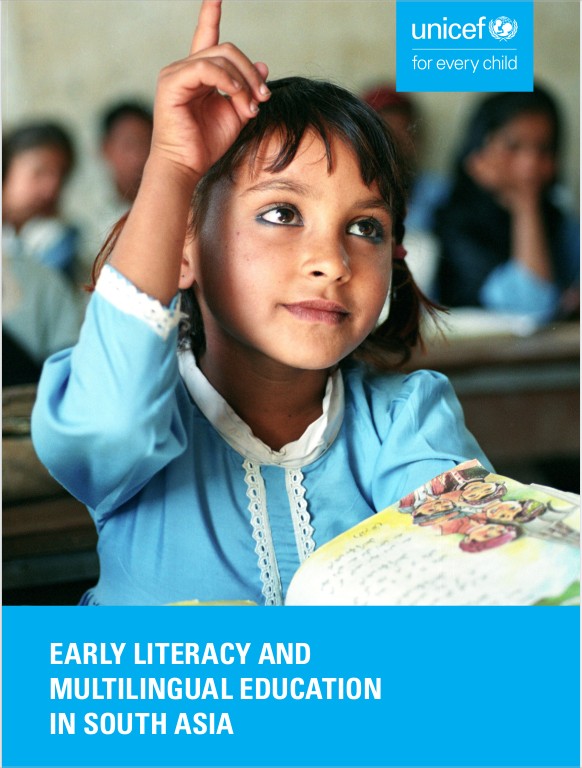 The child learns to apply the acquired knowledge in practice, he prepares the basis for further serious learning.
The child learns to apply the acquired knowledge in practice, he prepares the basis for further serious learning. - Concentration training. The child's attention is usually scattered, its concentration is much lower than that of an adult. Special techniques help to develop perseverance in a “soft” way, by being interested, not forcing.
- Improved self-esteem. The child is praised for completing the task and diligence, he himself sees his achievements and rejoices in them, learns to objectively assess the possibilities, motivate himself to action.
- Allows you to see the talent. One child is distinguished by logical thinking, another by a creative approach to business, a third by artistry, and a fourth by an incredible memory. Thanks to the methods of early development, you can discover the hidden talent of the baby, begin to develop it from the first years of life.
A professional, timely approach produces great results. A child with whom classes were held from the first months of life, it is easier to absorb information, achieve great heights in a career.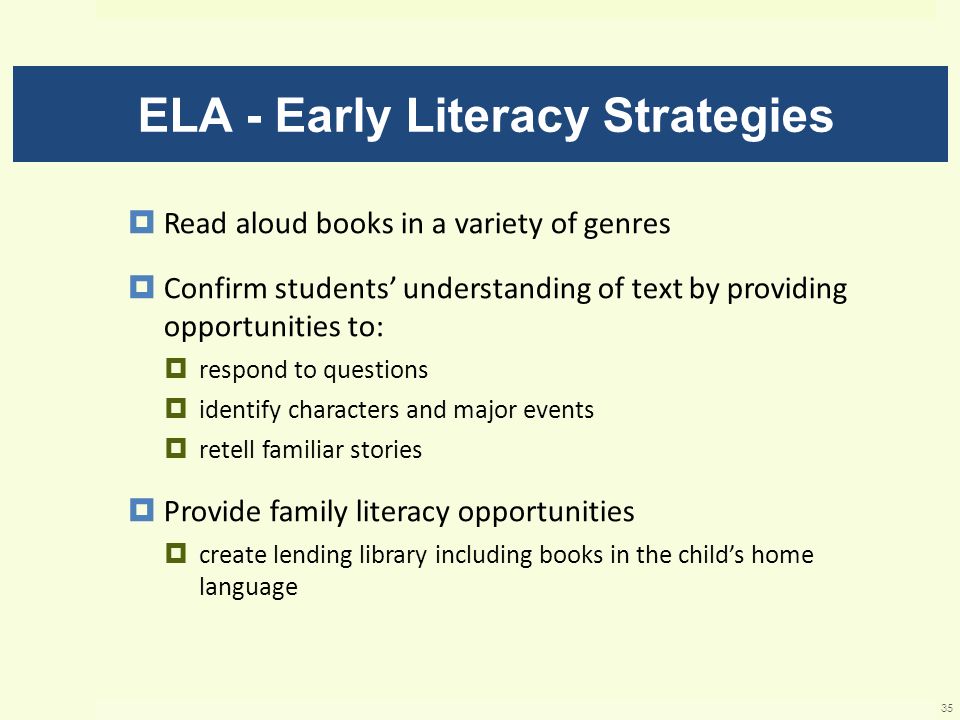
Cons
Not everyone likes early development methods. But their opponents, as a rule, do not name objective reasons. Experts argue that the disadvantages of such methods can only appear if they are used incorrectly. These include:
- Hyperinterest. Sometimes, wanting to see the result, parents forget about the wishes of the child. Then he becomes a hostage to the "game" that mom and dad play.
- Time costs. Methods involve the systematic conduct of classes with the child. This takes a lot of time, which not everyone has.
- The child is not interested in what is being done to him. This happens when parents are sprayed on everything at once, absolutely not paying attention to the interests of the child. They begin to apply immediately all the methods of early development, about which they know practically nothing. At the same time, the child remains uninterested, he does not like what is being done to him.
- Good preparation is needed.
 It is not enough to read one book or article about methods of child development. It is important to know the features of the child's psyche, thinking, physiological development, general and preschool pedagogy, etc.
It is not enough to read one book or article about methods of child development. It is important to know the features of the child's psyche, thinking, physiological development, general and preschool pedagogy, etc. - Preparation for the lesson. The development of the child is carried out using didactic material and techniques.
- Financial costs. Materials for the use of techniques with a child are not cheap.
The most important rule in the upbringing and education of a child is to start from his needs. It is impossible to force to carry out the task, to carry it out during the illness of the child.
Is early child development worth it?
We have discussed all the pluses and minuses, and we can conclude that there are no minuses as such. If the methodology is chosen correctly, the child is interested, his special needs are taken into account, then he will study with great pleasure
Methods of early child development are not only training sessions, this is an opportunity for parents to take care correctly.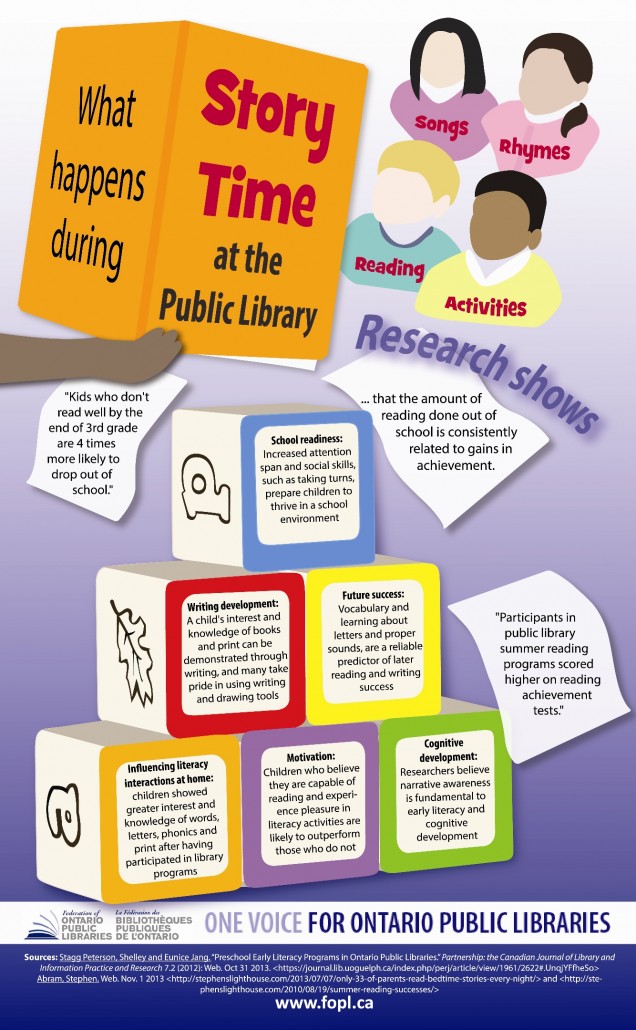 Parents should listen to the wishes of the child, choose a specialist who will help implement the methodology, and show a creative approach to work.
Parents should listen to the wishes of the child, choose a specialist who will help implement the methodology, and show a creative approach to work.
Benefits of a bilingual kindergarten - Not just for show, but for friends
Since more than fifty percent of people know at least two languages, teachers are more likely to have bilingual students than not. In fact, the number of bilinguals is at an all-time high, with about 64.7 million people aged five and over fluent in more than one language. For this reason, it is important not only to know how to reach out to students, but also to debunk the stereotypes associated with bilingual education. Learn how much does TSDKIDS private kindergarten cost.
Read on to learn about the science behind literacy development and why it benefits bilingual learners.
Understanding the developmental stages of reading
While students are not usually taught to read until kindergarten, their journey to literacy begins much earlier. According to Dr. Nell Duke, an early literacy researcher at the University of Michigan, the development of language and literacy can even begin before children are born—reading to babies in the womb “seems to have some… positive memory or association” with reading. In infancy, children begin to experiment with language, making nonsensical sounds and eventually forming words. While learning to speak may not directly involve reading, speaking is a key milestone for early literacy development.
According to Dr. Nell Duke, an early literacy researcher at the University of Michigan, the development of language and literacy can even begin before children are born—reading to babies in the womb “seems to have some… positive memory or association” with reading. In infancy, children begin to experiment with language, making nonsensical sounds and eventually forming words. While learning to speak may not directly involve reading, speaking is a key milestone for early literacy development.
Educational researchers have identified several pre-reading skills that children can—and often should—develop before they start reading at age four or five, including:
- Learning new vocabulary words;
- Phonological awareness, or the ability to distinguish sounds from one another;
- Listening comprehension;
- Knowledge of books and how to hold them;
- Mixing sounds into compound words.
You can think of these reading readiness skills as the building blocks of literacy, or metalanguage skills.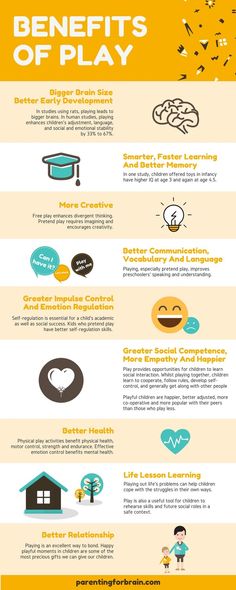 Metalinguistics is the understanding of the structure of language at the verbal and ultimately written level. Without a clear understanding of how to speak and understand the language at this level, students will not be able to learn to read.
Metalinguistics is the understanding of the structure of language at the verbal and ultimately written level. Without a clear understanding of how to speak and understand the language at this level, students will not be able to learn to read.
Traditionalists often discourage parents of young children from teaching their students anything related to reading before kindergarten. But students are already learning pre-reading skills on their own and can greatly benefit from learning. Parents and teachers can help young children develop these skills in a variety of age-appropriate ways, from reading aloud to teaching students a new word every day.
How bilingualism benefits new readers
To fully appreciate the benefits, it is important to understand what we are talking about when we say “bilingual”. The definition of a bilingual is a person who is fluent in two or more languages. From here, bilingual people can be divided into two categories: concurrent and sequential.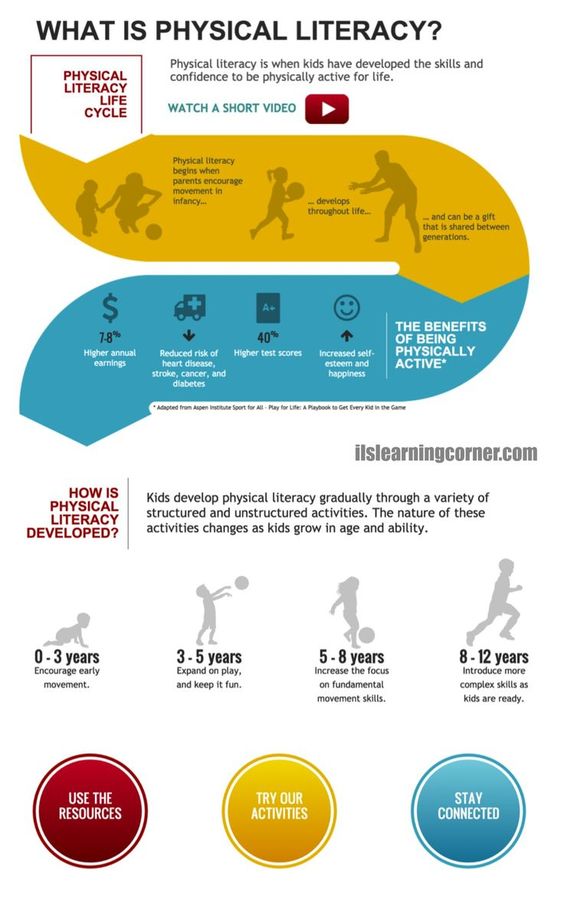 Concurrent bilinguals begin learning two languages at birth or before the age of three, while consecutive bilinguals learn a second language later. Both subsets suffer from a lack of understanding that bilingualism makes learning to read difficult.
Concurrent bilinguals begin learning two languages at birth or before the age of three, while consecutive bilinguals learn a second language later. Both subsets suffer from a lack of understanding that bilingualism makes learning to read difficult.
But one of the key benefits of being bilingual is actually the acquisition of literacy, and the reason for this lies in metalinguistics. Bilingual students develop metalanguage skills at an earlier age than most other children. Linguists believe that because they are exposed to multiple languages at a young age, they are better equipped to understand word structure. This can help bilingual students develop the phonological awareness skills needed to prepare for reading faster than their peers.
A wider vocabulary is another benefit of bilingualism that promotes literacy. Bilingual learners typically encounter more words in both languages than children who only speak their first language. For this reason, they are more likely to learn the equivalent of any word they pick up in the opposite language.